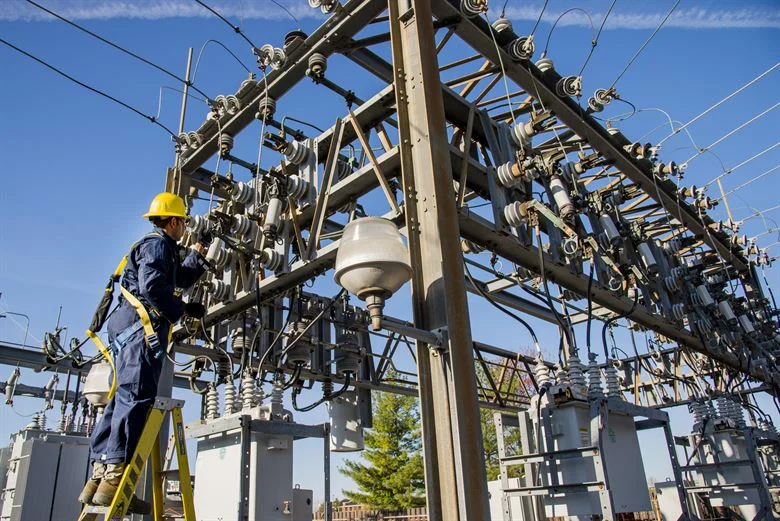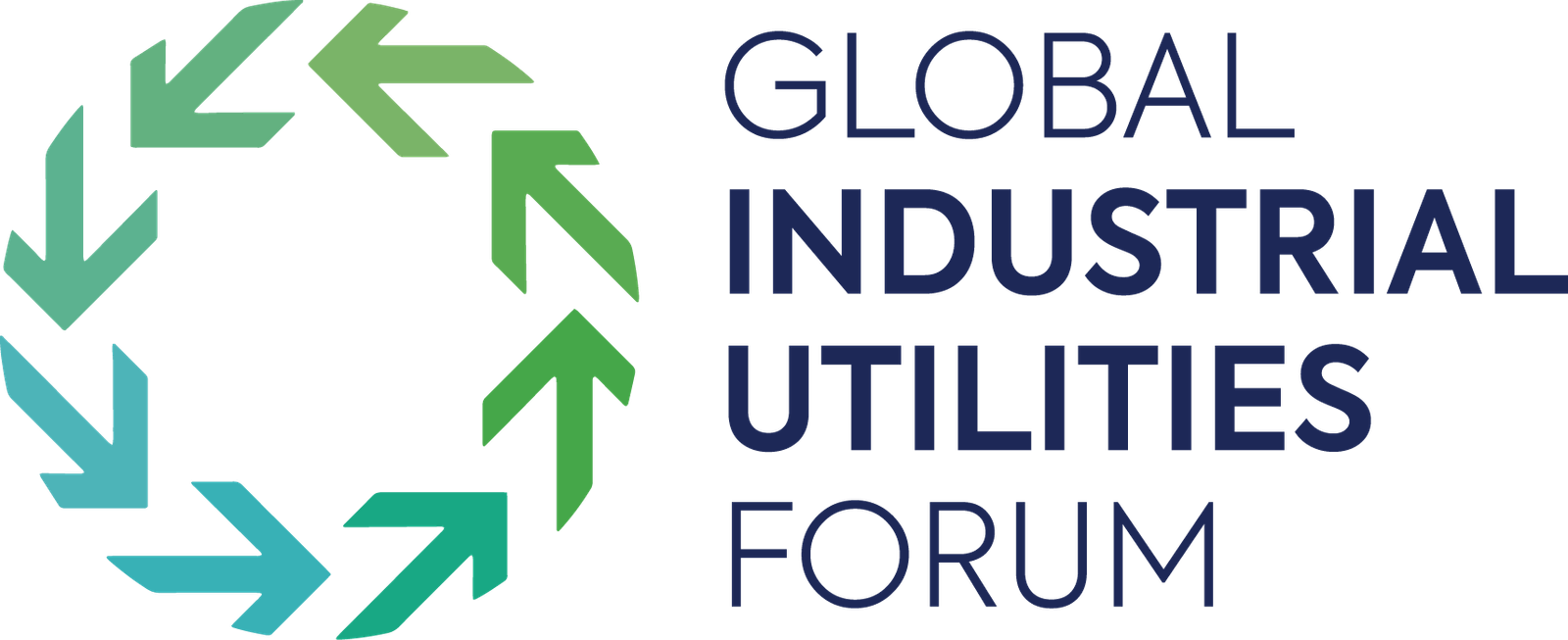Efficient utilities management is a critical factor in maintaining operational excellence within the industrial sector. Companies in energy-intensive industries, such as petrochemicals, manufacturing, and metallurgy, require robust Comprehensive Utilities Performance Management (CUPM) strategies to minimize costs and maximize sustainability. One of the emerging solutions that have not been widely discussed is Predictive Load Balancing (PLB). This data-driven approach leverages AI, machine learning and real-time analytics to optimize utility distribution and prevent inefficiencies across industrial plants.
Understanding Predictive Load Balancing in Industrial Utilities
Predictive Load Balancing (PLB) is the systematic allocation of utility resources, such as electricity, steam, compressed air and water, based on real-time demand forecasting. Unlike traditional static allocation methods, PLB continuously adjusts utility distribution based on operational conditions and anticipated usage patterns.
Key Components of PLB:
- AI-Powered Demand Forecasting: Uses historical data and predictive analytics to forecast utility consumption with high accuracy.
- IoT-Enabled Sensors: Provide real-time monitoring of utility consumption and detect inefficiencies.
- Automated Control Systems: Adjust supply dynamically to align with demand fluctuations.
- Energy Management Software (EMS): Integrates all utility data for real-time decision-making.
Benefits of Predictive Load Balancing for Industrial Utilities
1. Optimized Energy Consumption
By dynamically adjusting supply to demand, industries can prevent waste and reduce excess energy consumption, leading to significant cost savings.
2. Reduced Downtime & Enhanced Reliability
PLB mitigates risks associated with sudden power surges or supply shortages by ensuring balanced distribution across critical systems.
3. Lower Carbon Footprint
Industries adopting PLB can achieve sustainability goals by minimizing energy waste and reducing greenhouse gas emissions.
4. Enhanced Equipment Longevity
Uneven load distribution often leads to premature wear and tear on industrial machinery. By balancing load efficiently, PLB extends the lifespan of equipment, reducing maintenance costs.

Implementation Strategies for Industrial Sectors in the GCC
Oil & Gas Industry
PLB can optimize refinery operations by balancing steam and electricity consumption across multiple processing units. AI-driven forecasting helps prevent energy overloads and improves overall efficiency.
Manufacturing & Heavy Industries
Factories in the GCC, particularly in aluminum and steel production, can leverage PLB to streamline power and water consumption, ensuring uninterrupted operations while reducing energy costs.
Desalination & Water Treatment Plants
With rising water demands, PLB ensures efficient energy use in desalination plants, aligning with sustainability initiatives under the UAE’s Water Security Strategy 2036 and Saudi Arabia’s Vision 2030.
The Role of Smart Grids and AI-Driven Utilities Management
As industries in the GCC shift toward smart grids and automated utilities management, Predictive Load Balancing will play a pivotal role in shaping sustainable industrial operations. AI-driven energy distribution will enable companies to meet regulatory efficiency targets while maintaining profitability.
Predictive Load Balancing is set to redefine Comprehensive Utilities Performance Management by introducing a data-driven, efficiency-centric approach to industrial utilities. Companies in the GCC that adopt PLB can reduce operational costs, improve sustainability, and ensure uninterrupted productivity.














